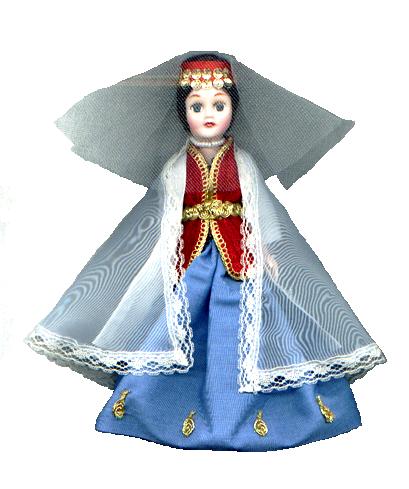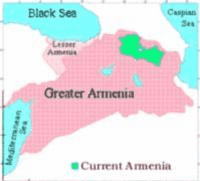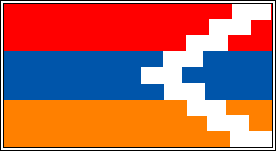
|
|
Tell a friend Bookmark Us Contact Us
Bride from Artsakh known as Gharabagh.Source: Painting of A. Tsatoorian.

The area, historically known as Artsakh, was acquired by Russia in 1813. The Soviet
Union created the Nagorno-Karabakh Autonomous Region (1,700 square miles) within
Azerbaijan in 1924, when over 94 percent of the region's population was Armenian. 
HISTORY

|
|
|
On February 20, 1988, Armenian deputies to the National Council of Nagorno-Karabakh voted to unify that region with Armenia. This act triggered an Azerbaijani massacre Armenians in the city of Sumgait, Kirovabad and Baku. Large numbers of refugees left Azerbaijan as pogroms began against Armenians.

|
|
|